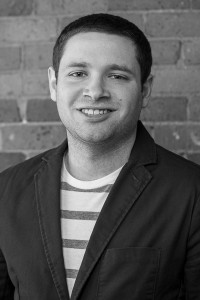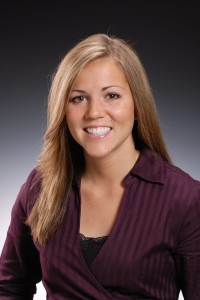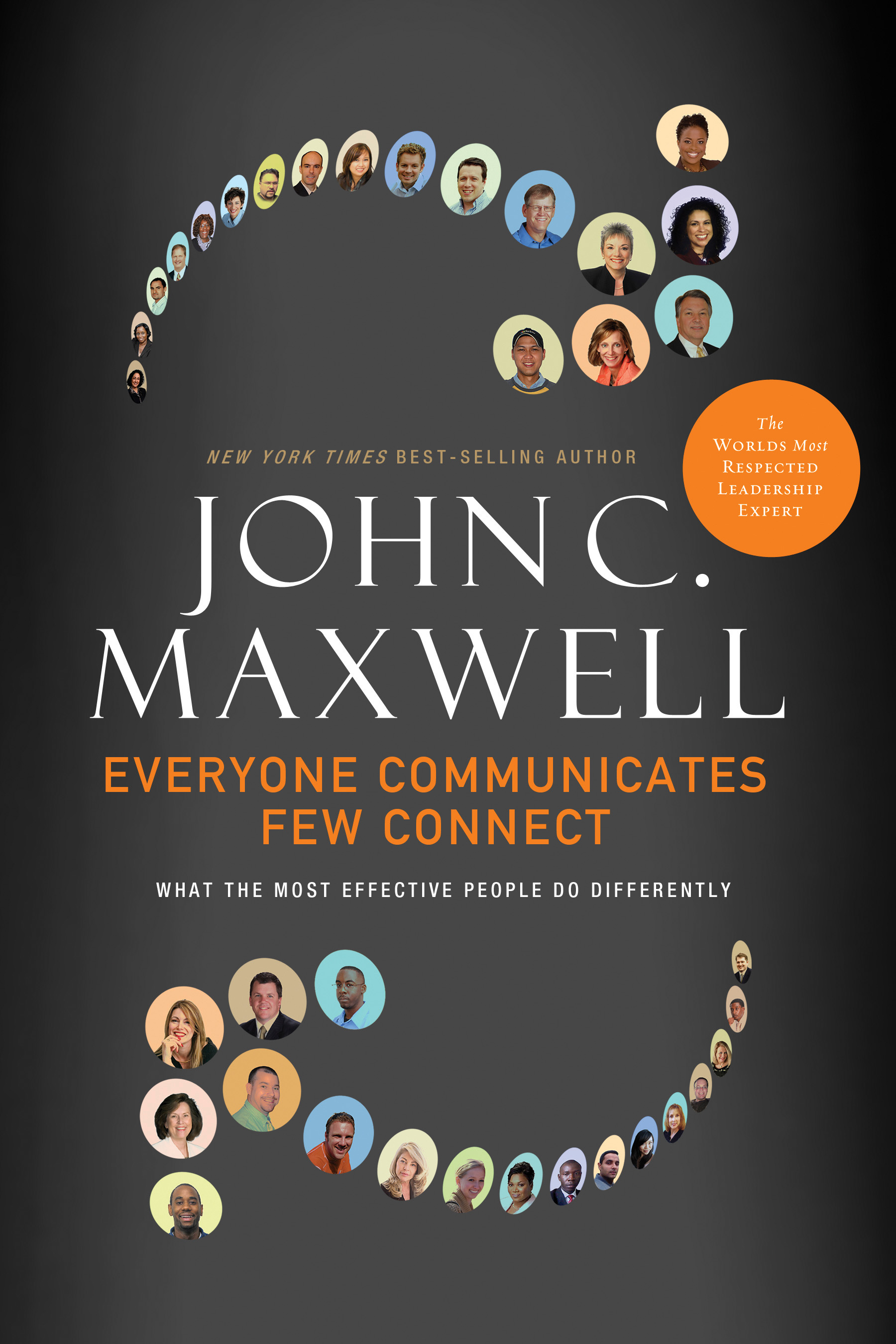 The first six months of your career are incredibly important. Throughout this period, you are setting expectations for what people can expect from you, and also what you can expect from yourself. You are learning a ton about your company and co-workers and simultaneously establishing the habits and work-ethic that can make or break a career.
The first six months of your career are incredibly important. Throughout this period, you are setting expectations for what people can expect from you, and also what you can expect from yourself. You are learning a ton about your company and co-workers and simultaneously establishing the habits and work-ethic that can make or break a career.
I recently had my first six-month review as an account coordinator at Text100. While it was great to receive feedback from a number of colleagues and clients, it was also a great opportunity to reflect on my own about what has gone well since I began and what I could still improve upon.
If you are a new professional, consider these tips to push yourself through the first six months of your new job.
-
Be present
Of course, it is (or should be) a given that you are physically at work when you need to be. But that isn’t exactly what I mean by being present.
This tip applies much more broadly. For example – if your company hosts happy hour events, you should be there. If your colleagues participate in volunteering opportunities, fundraising efforts, fantasy-football leagues, etc., try to be a part of the fun.
Being present extends to the online realm, as well. If your company is active on social networks, you should do your best to be active in those communities.
-
Raise your hand
Raise your hand whenever it’s possible to get involved in something. This could be in the form of new business pitches, helping out a team with some work that needs to be turned around on a tight deadline, or more operational activities like joining an HR committee or holiday party planning committee.
Not only will raising your hand and saying “yes” show your colleagues your flexibility and dependability, you will also be exposed to more projects and activities. Ultimately, you will learn more and be a more-rounded professional.
-
Ask questions
You’re young and you’re new; nobody expects you to jump into the job already knowing how to do everything. And, frankly, if you did – it probably wouldn’t be a challenging enough job for you in the first place.
Admitting when you need some extra help and guidance shows a level of maturity to your colleagues, and it makes it much more likely that you will deliver exactly what they need from you.
-
Make suggestions
Diversity is important in every workplace. Don’t forget that part of what you have going for you as a young professional is that you come from a different background than some of your more senior colleagues. Your different training and unique mix of experiences can sometimes allow you to see opportunities for change that others can’t. You could be the change catalyst needed to improve long-standing policies and processes.
Making suggestions in a very respectful way signals to others that you are thinking critically about the business, and that you care enough about constant improvement to put your own reputation on the line.
-
Have a side-hustle
Much has been said about the benefits of working on something else other than your typical “day-job” work. In fact, some forward-looking companies even allow employees to use a certain percentage of their time on the job to work on other things important to each individual.
While you may not work at Google or Apple, you should still be using some of your personal time to foster a hobby or develop new skills. That could take the form of blogging, volunteering for your local PRSA chapter or practicing your graphic design skills.
What other tips would you provide for new professionals just starting out in PR?
 Jim Mignano is an account coordinator at Text100. He recently graduated with a Bachelor of Science in Communication Studies from The College at Brockport, SUNY and he is a member of PRSA Rochester. He loves making new friends on Twitter (@J_Mignano).
Jim Mignano is an account coordinator at Text100. He recently graduated with a Bachelor of Science in Communication Studies from The College at Brockport, SUNY and he is a member of PRSA Rochester. He loves making new friends on Twitter (@J_Mignano).

 I wandered but never faltered, and always felt like I was exactly where I needed to be. I know a lot of young professionals don’t feel that way. Maybe PR wasn’t even your first choice. Some of the best PR pros I know fell into the industry by accident.
I wandered but never faltered, and always felt like I was exactly where I needed to be. I know a lot of young professionals don’t feel that way. Maybe PR wasn’t even your first choice. Some of the best PR pros I know fell into the industry by accident. Audrey LaBenz is a freelance marketing and public relations consultant from Los Angeles, CA. She earned her bachelor’s degree from Cal State Long Beach in 2013 and has been working PR since 2009. She spends most of her off time designing costumes, hiking with her dogs and learning to spin flaming objects.
Audrey LaBenz is a freelance marketing and public relations consultant from Los Angeles, CA. She earned her bachelor’s degree from Cal State Long Beach in 2013 and has been working PR since 2009. She spends most of her off time designing costumes, hiking with her dogs and learning to spin flaming objects.  Between pitching the media and creating continuous content, we have little – if any – time to focus on personal career growth. But, with the industry rapidly evolving, we should make this a priority.
Between pitching the media and creating continuous content, we have little – if any – time to focus on personal career growth. But, with the industry rapidly evolving, we should make this a priority.
 As young communicators, we can learn a valuable lesson from John C. Maxwell: communicating isn’t the same as connecting.
As young communicators, we can learn a valuable lesson from John C. Maxwell: communicating isn’t the same as connecting.
 Growing up in the whirlwind of social media, many young professionals find this area as one of their specialties. It’s almost inevitable that in today’s industry you’ll be involved with social at some point in your career. However, even if you rock at social media, there’s hurdles you may face as a young professional when dealing with execs, clients or the business side of the company.
Growing up in the whirlwind of social media, many young professionals find this area as one of their specialties. It’s almost inevitable that in today’s industry you’ll be involved with social at some point in your career. However, even if you rock at social media, there’s hurdles you may face as a young professional when dealing with execs, clients or the business side of the company. Ashleigh Mavros is a graduate of the E.W. Scripps School of Journalism at Ohio University and works in public relations at Fahlgren Mortine, a fully-integrated agency in Columbus. She is a member of the Central Ohio PRSA Programs Committee. Connect with Ashleigh on Twitter at
Ashleigh Mavros is a graduate of the E.W. Scripps School of Journalism at Ohio University and works in public relations at Fahlgren Mortine, a fully-integrated agency in Columbus. She is a member of the Central Ohio PRSA Programs Committee. Connect with Ashleigh on Twitter at